I'm very new to the T-Bucket world and as such have no experience with the hairpin style suspension design. But I have to say, after beginning the final assembly process of the rolling chassis (in the rear) after painting, I am amazed at the amount of bind that seems inherent in the design. Straight up and down there is no bind at all, but try to lift one side and the whole chassis follows. I didn't quite understand what was going on at first, but after some experimentation I saw that as one side is going up, it's trying to pull the radius rod out of the mounting bracket. Yikes! What a terrible design, lol! Now I see why the 4-link and 4-bar design is preferred.
And, now I see why the original wishbone setup like in the Model A (pivoting in the center) works well with no bind until you "split the bones" and move them out more parallel to the chassis.
I suppose it's not so critical since the suspension travel is so slight, but still...
And, now I see why the original wishbone setup like in the Model A (pivoting in the center) works well with no bind until you "split the bones" and move them out more parallel to the chassis.
I suppose it's not so critical since the suspension travel is so slight, but still...












